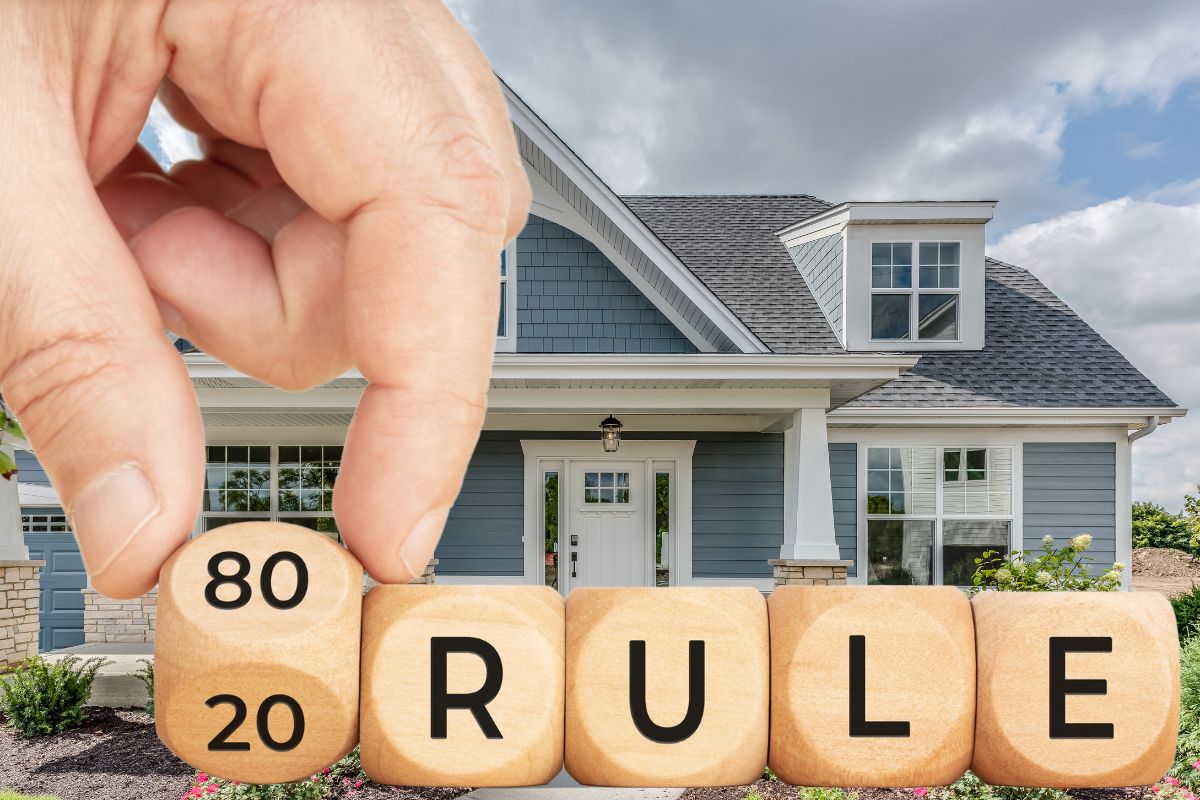It seems that everyone agrees that this is a solid strategy, but what exactly is it referring to?
Trying to purchase the ideal homeowners insurance coverage can easily feel overwhelming, as there is a great deal to take into account, and most people don’t have a tremendous amount of experience in all its intricacies.
The coverage is meant to protect you financially against home damage, burglaries or liability.
The 80/20 rule is a strategy meant to help simplify that process and ensure that the right amount of homeowners insurance coverage has been purchased. It is intended to balance on the line between paying too much for excessive coverage, and making sure a property owner has the coverage required to avoid financial hardship in case of a natural disaster, fire, burglary, or lawsuit if a guest is injured on the property.

Avoiding being underinsured is typically the biggest risk, as people are already inclined to try not to have to pay too much for over-insurance.
The rule states that in order to have enough coverage from an insurer, a property owner needs to have a policy that will cover a minimum of 80 percent of the total replacement cost value of the home. The majority of insurers will adhere to that rule and avoiding penalties for being underinsured means that property owners are smart to stick to it as well.
Using the 80/20 homeowners insurance rule means knowing the total replacement value of a home.
A home’s replacement value is usually a general figure calculated by multiplying the square footage of a house with the average per-foot rebuilding cost within its specific location (since prices vary widely from one place to another throughout the United States). Fortunately, most insurers will provide this calculation for a current or prospective policyholder.
The factors that will usually be included in calculating the per-foot rebuilding cost will include replacement costs such as the replacement materials, labor costs, the value of the interior and exterior parts of the house, and any renovations and improvements that have been made, such as appliances, fixtures, a new roof, new windows, new flooring, and others.
Reviewing the total home replacement cost value and adjusting home insurance coverage regularly is highly recommended to ensure that the house doesn’t inadvertently slip into being underinsured. For instance, after improvements or renovations have been made, coverage should be updated.


